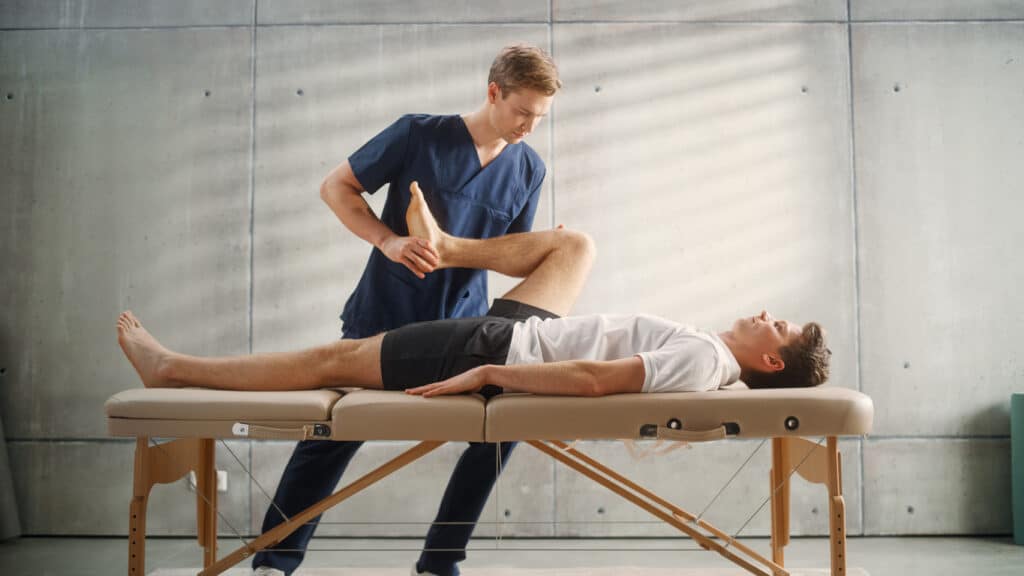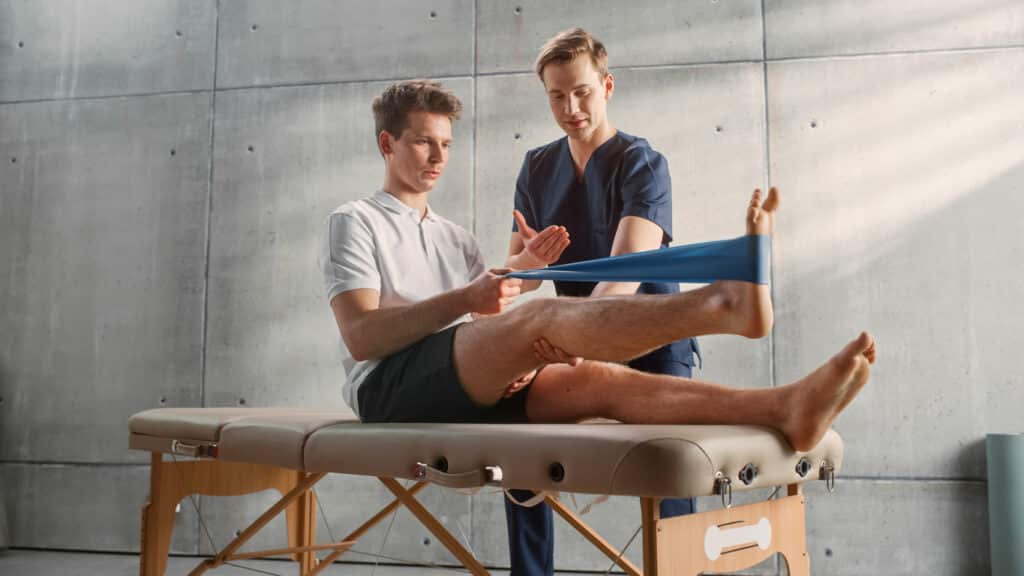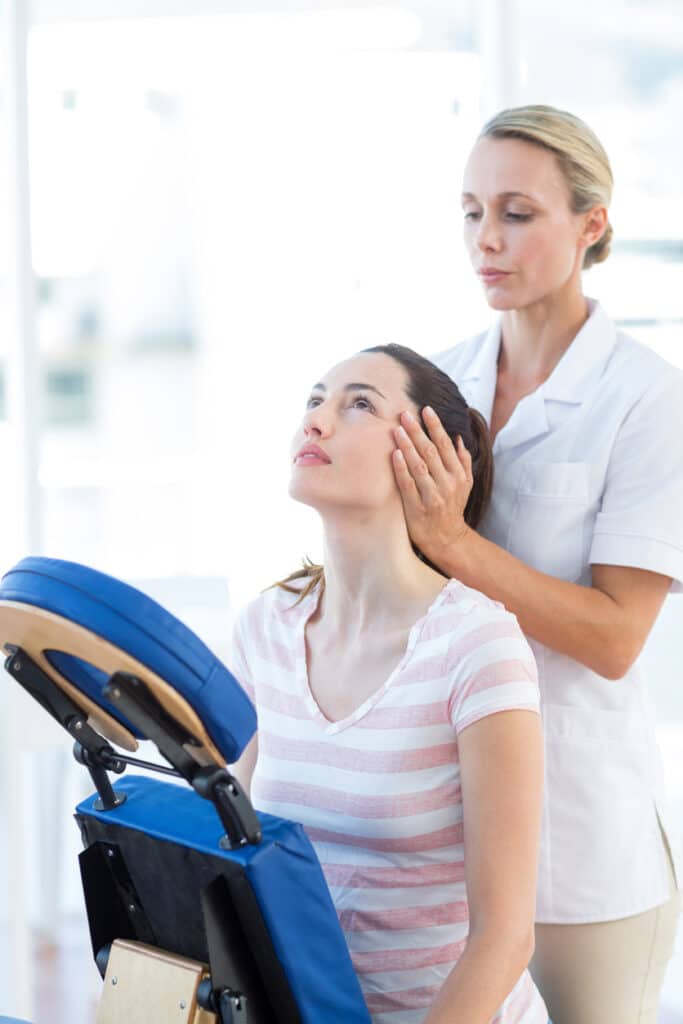Understanding Auto Injury
Dealing with auto accident injuries can be an overwhelming experience, but understanding the nature of these injuries and knowing the right steps to take can greatly aid in your recovery process. This comprehensive guide aims to provide valuable information on auto injuries, symptoms, immediate actions, treatment options, and tips for navigating the recovery journey.
1. Types of Auto Injuries
- Whiplash: Caused by the sudden jerking motion of the head, leading to neck strain.
- Soft Tissue Injuries: Involves damage to muscles, ligaments, and tendons.
- Bone Fractures: High-impact collisions can lead to broken or fractured bones.
- Spinal Cord Injuries: These can range from mild disc issues to severe spinal cord damage, affecting mobility and sensory functions.
- Traumatic Brain Injuries: Concussions or more severe brain injuries can occur, even with proper restraints and airbags.
2. Symptoms to Watch For
- Pain or stiffness in the neck, back, or shoulders.
- Numbness or tingling in limbs.
- Difficulty with movement or coordination.
- Persistent headaches.
- Dizziness or confusion.
- Changes in mood or behavior.

Immediate Steps Post-Auto Injury
Seek Medical Attention
Prompt medical evaluation is crucial after an auto accident, regardless of how you feel. Some injuries, like whiplash or internal trauma, may not show immediate symptoms but can lead to long-term health issues if left untreated. Visiting a healthcare professional allows for a proper assessment of any potential injuries. It’s essential to:
- Get a Thorough Check-Up: Even if you don’t have visible injuries or immediate pain, a medical professional can identify issues that might not be immediately apparent.
- Document Your Injuries: Medical records are vital for diagnosing and treating your injuries and can also be crucial if you need to make an insurance claim.
- Follow Professional Advice: Adhere to the treatment plan prescribed by your healthcare provider, such as attending follow-up appointments and undergoing recommended tests or therapies.
Seeking immediate medical attention not only sets the foundation for a successful recovery but also ensures that your health and well-being are prioritized from the moment the accident occurs.
Treatment and Recovery Modalities
Recovering from an auto injury involves more than just healing broken bones or treating visible wounds; it encompasses a holistic approach that addresses the body and mind. Each individual’s journey to recovery is unique and requires a personalized combination of treatments and therapies.
In this section, we’ll delve into a variety of therapeutic modalities that have proven effective in treating auto injuries. These methods — chiropractic care, acupuncture, massage therapy, exercise therapy, and other holistic approaches — work in tandem to alleviate physical symptoms, promote overall well-being, and support mental and emotional health. Understanding these options and how they contribute to the healing process can empower you to make informed decisions about your recovery journey.
1. Chiropractic Care
Chiropractic care is a non-invasive treatment focusing on the body’s musculoskeletal and nervous systems, particularly the spine. Post-auto injury, chiropractors use spinal adjustments and manipulations to realign the spine, alleviate pain, and restore your body’s normal range of motion. These adjustments can reduce nerve irritability, promote healing, and improve function. Regular chiropractic care can be particularly beneficial for those suffering from neck pain, back pain, or whiplash, offering a drug-free path to recovery.
2. Acupuncture
Acupuncture is an ancient healing practice that involves inserting thin needles into specific points on the body. This treatment is based on promoting the body’s natural healing processes and restoring energy balance. For auto-injury patients, acupuncture can be a powerful tool for pain management, significantly reducing discomfort associated with injuries. Additionally, it’s known to reduce stress and anxiety levels, which is particularly beneficial for those dealing with the emotional aftermath of a traumatic event like an auto accident.
3. Massage Therapy
Massage therapy involves manipulating muscles and soft tissues to provide relief from pain, stress, and tension. After an auto accident, massage therapy can be instrumental in relaxing muscle tension, improving circulation, and enhancing the flow of nutrients and oxygen to damaged tissues. This form of treatment not only aids in physical recovery by addressing soreness and stiffness but also contributes to emotional well-being by promoting relaxation and reducing stress.
4. Exercise Therapy
Exercise therapy is a cornerstone in the recovery process from auto injuries. It involves a range of treatments and exercises specifically tailored to address the injuries sustained, improve range of motion, and restore strength and flexibility. Exercise therapists design personalized recovery plans, guiding patients through exercises and therapies gradually increasing intensity, ensuring a safe and effective return to daily activities. Therapeutic exercise is particularly crucial for regaining functionality and can significantly reduce the risk of long-term disability.
5. Other Holistic Approaches
Recovering from an auto injury is not solely about physical healing; it’s equally important to address the mental and emotional impacts. Holistic approaches focus on treating the whole person, integrating physical, emotional, and mental health support. This may include counseling, mindfulness practices, meditation, or yoga, all aimed at restoring overall well-being. By acknowledging and addressing the stress, anxiety, or trauma that can follow an auto accident, holistic approaches play a crucial role in supporting a comprehensive and sustainable recovery.


Navigating Insurance Considerations Post-Auto Injury
Dealing with insurance after an auto injury can be complex, but it’s an essential step in ensuring that your medical expenses and other related costs are covered. Here’s how you can effectively navigate your insurance policy and considerations:
1. Understand Your Insurance Policy:
Take the time to thoroughly review your insurance policy. Understand what aspects of your post-accident care are covered, including medical treatments, physical therapy, and any necessary rehabilitation services. Be aware of your policy’s limits and any deductibles that may apply.
2. Report the Incident Promptly:
Notify your insurance company about the accident as soon as possible. Adhering to this timeframe is crucial as delays can complicate the claims process. Provide a factual account of the incident without speculating about fault or injuries.
3. Document Your Medical Care:
Keep detailed records of all medical consultations, treatments, prescriptions, and out-of-pocket expenses. Your insurance company may require comprehensive documentation to process your claim.
4. Direct Billing vs. Reimbursement:
Understand how your insurance company handles claims. Some providers may allow direct billing from healthcare providers, while others might require you to pay upfront and seek reimbursement later. Knowing this in advance can help you manage your finances more effectively.
5. Communication is Key:
Maintain open communication with your insurance agent or claims adjuster. If you have questions or concerns about your coverage or the claims process, don’t hesitate to ask for clarification.
Navigating your insurance considerations with diligence and attention to detail can significantly streamline your recovery process, ensuring that you can focus on healing without the added stress of financial uncertainties.
Conclusion
While the healing journey can be challenging, being informed, proactive, and patient can significantly impact your healing process. Remember, seeking timely medical attention, following through with prescribed treatments, and caring for your mental and emotional health are crucial steps toward a successful recovery. Whether you’re navigating this path alone or with support from healthcare professionals, your health and well-being are the priority. Stay informed, stay supported, and take each day one step at a time towards recovery.
D'Vida Injury Clinic and Wellness Center in Beaverton, OR
At D’Vida Clinic, our team of professionals is dedicated to providing you with the care and support you need to navigate this challenging time. From chiropractic adjustments and acupuncture to massage therapy and holistic wellness plans, we are here to ensure your journey to recovery is as smooth and efficient as possible. These therapies, each with unique healing properties, work synergistically to provide a comprehensive approach to your well-being. Remember, your health and wellness are our top priorities, and we are committed to helping you get back on your feet.
If you’ve been involved in an auto accident, don’t hesitate to reach out. Contact D’Vida Clinic at +15036262166 or visit us at 3835 SW 185th Ave., #400, Beaverton, OR 97007, for a comprehensive and personalized approach to your recovery. Your journey to healing starts here.

